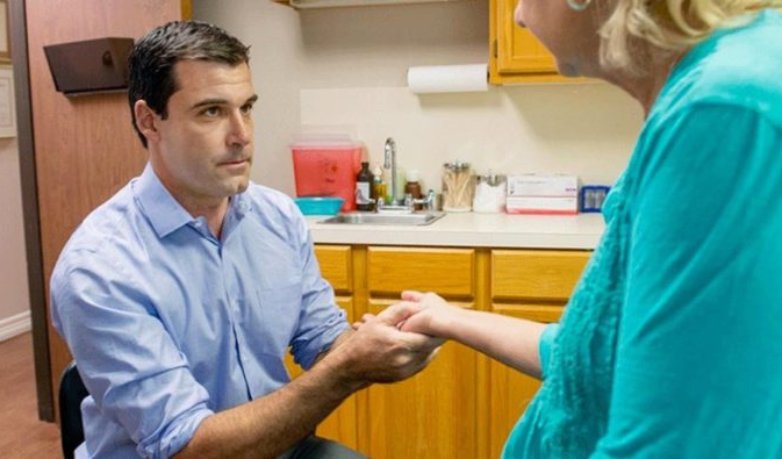Why get hand surgery?
The hand is a marvel of biological engineering, composed of bones, ligaments, joints, muscles, tendons, skin, and nerves. There’s lots that can go wrong, and even something simple could cause big problems. The relationship between the various systems within the hand are finely balanced. Dr. Amis has specialized training specific to the hand, wrist, and forearm, so he’s able to diagnose and treat any condition affecting the hand’s function. Not every problem requires surgery. Treatment alternatives include injections, prescriptions, therapy, or splints. When Dr. Amis recommends surgical intervention, it’s to fix an injury or condition that won’t heal otherwise. In many cases, surgery corrects the problem, restore hand function, and relieve pain.
What are the benefits of hand surgery?
The field of hand surgery is relatively new, tracing back to World War II when training programs emerged from the United States Army to help with war injuries. Surgery benefits many hand conditions that stem from injury, such as repetitive injury or medical conditions like arthritis. In the case of serious injury, hand surgery may be the only way to regain function. In many cases, surgery is a last resort option.
When it comes to major trauma, patients benefit from the advances in hand surgery. For instance, replantation, the reattachment of a severed finger, hand, or arm is now possible due to advances in microsurgery techniques. Blood vessels and nerves must also reconnect to ensure functional recovery.
What are the risks of hand surgery?
Since hand surgery is often a measure of last resort, risks are comparatively low when compared with the pre-existing injury or condition and complications. The most common complication of hand surgery is stiffness, due to swelling, inflammation, and periods of immobility often required for recovery. In the case of major reconstruction or replantation surgery, chances for successful surgery often depend on the cause of the injury.
What is carpal tunnel release?
Carpal tunnel syndrome causes pressure to build up on the median nerve as it passes under the carpal tunnel ligament. It causes sensations of pins and needles and numbness in the fingers. To ease pressure on the nerve, surgery is often performed. During the surgery, the carpal tunnel ligament will be split and is conducted under local anesthetic. Overnight stays are not typically required.
What is Dupuytren’s contracture fasciectomy?
Dupuytren’s contracture is a condition which is the result of tissue forming in the palm of the hand and fingers. It does not usually cause pain and may only cause skin nodules, however it can also create bands which make the fingers curl inward toward the palm. Patients may require surgery to excise the tissue and release the fingers. In some cases, it is not always possible to make the condition entirely better.
What is trigger finger release?
Trigger finger causes the affected finger to becomes stuck in a curled position, though it is usually still bendable. The tendon which allows the finger to bend becomes thickened, when this happens it get stuck in the tunnel where the tendon enters the finger. Patients may need to use the other hand to help straighten the finger.
How are tendons repaired?
There are two main types of tendons which control the hand and wrist: flexor tendons, which allow a person to grip and curl his or her fingers into a fist and extensor tendons, which open the fingers back up. Occasionally these tendons tear or snap, known as a tendon rupture. Tendon rupture in the hand and wrist is not very common and when it typically presents it is the result of rheumatoid arthritis or another form of inflammatory arthritis. Patients will need early treatment in order for the treatment to be successful. This protects other tendons in the hand from rupturing.


